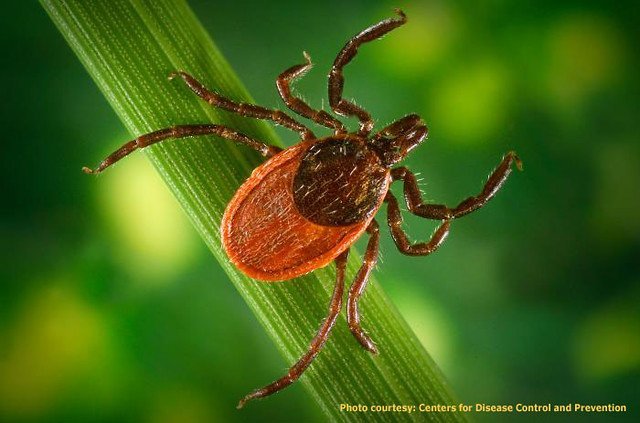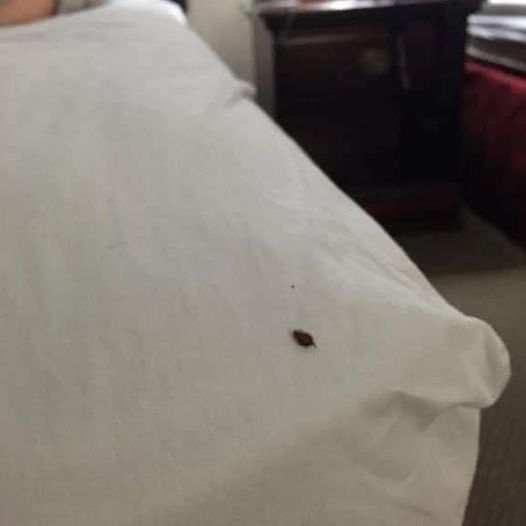Ticks are parasitic spiders that get their food from the blood of mammals, birds, reptiles, and frogs, among other animals. Trees and bushes are good places for ticks to hang out, and they like to stick themselves to people and animals that brush against them.
Ticks and their young can spread a number of dangerous diseases. They can also sometimes cause allergens and anemia.
What is a Nymph?

Insect pests go through either easy or complex metamorphosis to finish their life cycle. In complex transformation, an insect changes from an egg to a larva (also called a caterpillar) to a pupa and finally to an adult.
When a bug hatches, it looks like a smaller version of its adult self. It then goes through a number of molts to become fully grown.
Ticks change into different species. They are called “larvae” when they hatch, but they don’t look like worms. They look like little ticks. They are about the size of a poppy seed and have six legs. They quickly try to connect themselves to any living thing that will give them blood. It takes them off and a change to turn into a nymph with eight legs once they are full. Nymphs are a bit smaller than adult ticks, but they still look like ticks and can spread disease.
If you find ticks in your home, you should carefully remove them and get rid of them the right way. If they keep coming back, you might want to call a professional pest control service.
WARNING
Lyme disease, Rocky Mountain spotted fever, and tularemia are just some of the dangerous diseases that ticks can spread. A lot of solutions for ticks use pesticides, which can hurt people and pets if they are not used correctly. If you’ve had problems with ticks inside your home on more than one occasion, take steps to make it less appealing to ticks and think about calling a professional pest control service for long-term help.
How do ticks look?
The tick is a small, spider-like insect that lives in woods and fields. They are most common in the spring and summer, but they are still active in the fall. These bugs don’t fly and usually live on animals, but they can also stick to people.
Ticks are brown or black, and they have little bumps all over their bodies. They have small heads with mouths that are made to cut skin so they can feed on blood. Their legs are long and thin. The very small caterpillars have only six legs, while the adults and nymphs have eight. Once they’ve eaten blood, ticks can get “engorged,” which means they get bigger. During this time, they can be as big as a pea.
If you think you found a tick inside, be careful and make sure you’re not dealing with bed bugs or carpet beetles. If you find a tick on your body or on your pet, you should see a doctor to get advice on how to get rid of it and what treatments are available.
Some types of ticks can get inside, but most people think of ticks as being outside animals. Some of them spread disease, but not all of them do. Among these ticks are:
The deer tick is the most famous tick that spreads Lyme disease. It is very small and hard to spot. The name “deer tick” is a bit out of date, though, since this tick is not usually found on deer. Rats and mice are what it is.
The American Dog Tick: This tick can bring Lyme disease and Rocky Mountain spotted fever inside on pets or clothes.
The Brown Dog Tick: This tick is a common home pest that wants to stay for a long time. It is not known to spread disease, but if it is allowed to thrive indoors, it can give pets anemia.
Tip
Ticks usually come inside on pets and clothes that were worn outside. If your dog or family members have been running through the woods or tall grass, or if you live in a place where ticks are a big problem, check them (and you!) when they get back inside after being outside.

6 Ways to Get Rid of Ticks Naturally
Getting rid of ticks isn’t really the point of tick control. Ticks will always be around if you live in an area where they are common. It’s important to keep them out of your home and away from your pets and family.
Several old wives’ tales say that certain things can get rid of ticks or keep them from biting. However, not all of these ideas are based on science. Some of them, like setting fire to the tick with a hot match, can even hurt the bug more than help it.
When getting rid of pests, use easy, common sense methods. It’s probably too good to be true if a treatment method seems dangerous or too hard to understand.
